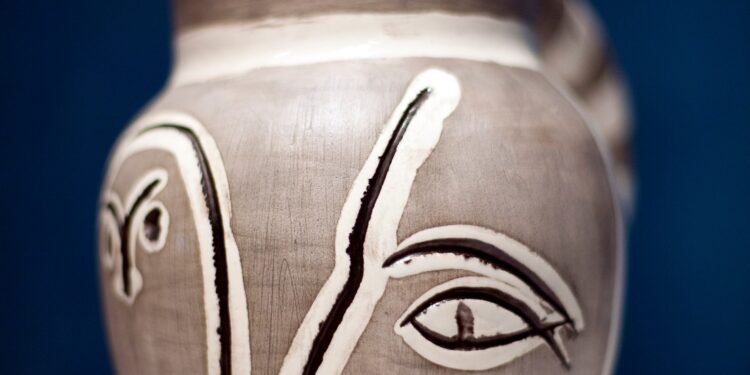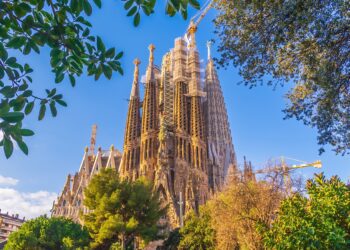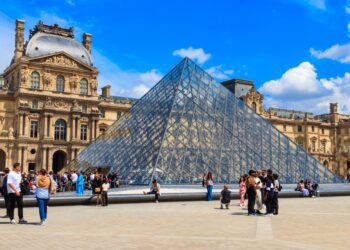Pablo Picasso’s famed ceramics studio is getting a second life, complete with a museum and lush new gardens. After nearly 30 years behind closed doors, the Madoura Pottery workshop in Vallauris, France is set to reopen to the public in 2027 following a €7 million ($8.2 million) transformation.
The atelier was opened 1938 by Suzanne Ramié, a significant French ceramicist, and her husband Georges. Over the years, it has been the birthplace of great acts of creativity by 20th-century greats like Picasso, Matisse, and Marc Chagall, before closing in 1997. Nearly three decades later, the mayor of the local city of Vallarius, Kevin Luciano, has spearheaded a major renovation project that will see the ruin welcome visitors once more.
Picasso produced ceramics at the workshop for more than two decades, beginning in 1948, and in that time he produced more than 3,500 objects, including platters, vases, pitchers, and mugs that often featured playful animal imagery. Earlier this month, a rare collection of these treasures surpassed expectations at a Geneva auction house.
Luciano confirmed to local news outlet Nice Matin that the first phase of construction is finished. He stressed that the guiding objective is to “keep the building true to its original historical nature, to not distort of modify it too much—we want it to remain as it was.”
Some serious interventions have been necessary to ensure the stability of the structure for future generations. A decade ago, the studio was at risk of crumbling due to waterlogged walls and holes in the ceiling after being abandoned for seven years. Yet the workshop was still largely as Picasso left it, including period furniture, tools, brushes, and drying boards. The facility was bought for €3 million ($4 million) by the association of local authorities with the intent to create a cultural hub focused on ceramics.
“It was necessary to create foundations for the building, which did not exist and which was laid on the ground,” Luciano explained of the first phase of construction. Asbestos has also been removed from the interior.
Stone buttresses have been installed to further support the building, and attention has turned to repairing the roofs and facades. The second phase of construction, which commences this fall, will also see the rehabilitated structure acquire a nearly 3,000 square feet extension. This will one day be the museum’s entrance.












